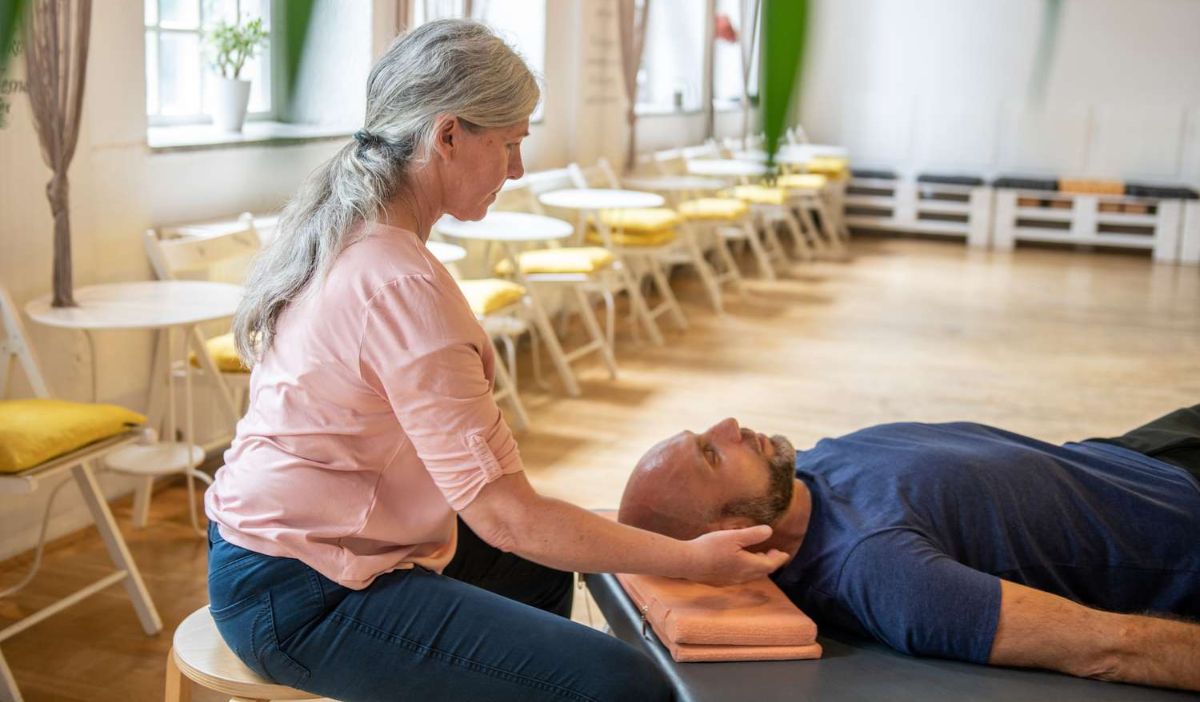Somatic Therapy Market Is Estimated To Witness High Growth Owing To Rising Prevalence Of Stress And Anxiety
- Ronak Shah
- U.S.A
- January 10, 2025

The Somatic Therapy Market is estimated to be valued at US$ 3.41 Bn in 2024 and is expected to exhibit a CAGR of 17.3% over the forecast period 2024- 2031, as highlighted in a new report published by Coherent Market Insights.
The somatic therapy market is witnessing high growth owing to rising prevalence of stress, anxiety, and other mental health issues globally. According to the World Health Organization (WHO), anxiety and depressive disorders cost the global economy US$ 1 trillion each year in lost productivity. Additionally, somatic therapy gains popularity over routine meditation and yoga as it offers physical solutions to mental health issues. It helps releasing emotional tension from the body and provides long lasting relief from stress, anxiety, and trauma.
Key Market Trends:
Rise in popularity of hybrid therapy models: There is a rising trend of combining somatic therapy techniques such as massages and acupressure with other traditional therapies such as talk therapy, yoga, and meditation. This hybrid approach provides both physical and mental healing helping clients get better results.
Adoption of digital therapy solutions: With growing digitization, somatic therapy companies are developing online and app-based solutions to make therapy more accessible. Players offer online videos, tutorials, and live virtual sessions to help clients practice techniques from home. This increases the reach of therapy globally. More coverage can be found in the sample copy.
Somatic Therapy Market Opportunities
The somatic therapy market based on therapy type can be segmented into Hakomi, Biosynthesis, Gerda Boyesen, Breathwork etc. Hakomi therapy segment accounted for over 30% market share in 2021 and is expected to grow at a CAGR of 15% during the forecast period. Hakomi therapy uses mindfulness and gentle touch to release patterns of tension, increase self-awareness and promote integration. It helps address issues related to trauma, chronic stress and psychological pain.
The application segment of somatic therapy market includes mental health, chronic pain, fertility issues, stress management etc. Chronic pain application segment held the largest share of over 25% in 2021. Somatic therapies are increasingly being used to treat chronic pain associated with conditions like fibromyalgia, back pain and arthritis. These therapeutic techniques help relieve pain by relaxing muscles, releasing tension and improving circulation. The chronic pain segment is anticipated to witness a CAGR of 16% during 2024-2031.
Key Market Takeaways
The global somatic therapy market is anticipated to witness a CAGR of 17.3% during the forecast period 2024-2031, owing to growing preference for alternative therapies and awareness about mind-body connection.
On the basis of therapy type, Hakomi therapy segment is expected to hold a dominant position, owing to its effectiveness in addressing trauma, stress and chronic pain issues.
By application, chronic pain segment is expected to hold a dominant position over the forecast period, due to increasing incidence of chronic pain disorders and need for therapeutic options beyond medication.
Regionally, North America is expected to hold a dominant position over the forecast period, due to higher adoption of alternative therapies, favorable reimbursement policies and presence of key players.
Competitor Insights:
The White Elephant
TalktoAngle
Center for Somatics
Colorado Center for Somatic Psychotherapy
Hakomi Institute
Recent Developments in Somatic Therapy Market
Like many industries, the pandemic accelerated virtual service delivery within somatics. This has introduced new client accessibility while expanding the practitioner’s reach. Basic online sessions utilizing video chat became standard practice in 2020, and technical innovations now support more sophisticated remote options. Examples include augmented/virtual reality platforms that enhance yoga, meditation or movement practices. Digital biomarkers are capturing psychophysiological data from at-home clients. AI assistants provide postoperative exerciser reminders or trauma-informed yoga programming. Telehealth also opens new geographic markets and global client pools. The versatility of online somatics presents long-term growth potential by appealing to time-crunched, geographically isolated or health-compromised client demographics. Industry forecast models project telehealth and hybrid virtual-in person models accounting for 15-25% of total somatic session revenue by late 2024. Full coverage of the report available here.








